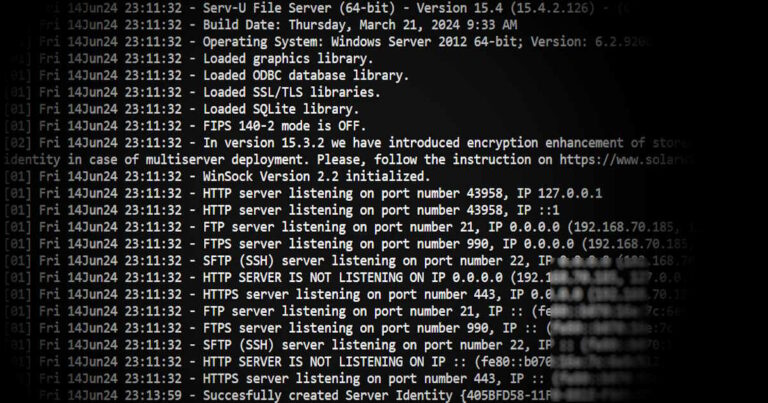The term “hacking” often conjures images of dark figures lurking in shadowy corners, fingers flying across keyboards, breaching systems with malicious intent. But there’s another side to the coin: ethical hacking. These are the digital knights in shining armor, wielding their knowledge and skills not to break, but to build stronger defenses against potential threats. This article serves as a comprehensive introduction to ethical hacking, shedding light on its principles, key terms, hacker classifications, and methodologies.
1. Understanding Ethical Hacking
Ethical hacking, performed by individuals or companies, involves the systematic testing of computer systems and networks to identify vulnerabilities. Unlike malicious hackers who exploit weaknesses for personal gain, ethical hackers strive to enhance system security without breaking any laws. The insights gained from ethical hacking endeavors are then utilized to fortify defenses, mitigating the risk of potential cyber attacks.
2. Categories of Hackers
White-Hat Hackers
The good guys, our ethical guardians. Known as ethical hackers or security experts, white-hat hackers specialize in penetration testing to ensure the security of an organization’s information systems.
Black-Hat Hackers
The malicious actors who exploit vulnerabilities for personal gain. In contrast, black-hat hackers possess extensive computer knowledge and aim to breach internet security for malicious purposes or personal gain.
Gray-Hat Hackers
Those occupying the murky middle ground, sometimes operating in legal gray areas. Gray-hat hackers may violate ethical standards but lack the malicious intent associated with black-hat hackers.
Suicide Hackers
These hackers pursue their objectives with the intent to make a statement, unburdened by concerns about getting caught or facing legal consequences.
Script Kiddies
Novice hackers with limited training, relying on basic techniques without a comprehensive understanding of their actions.
3. Hacking Key Terms
Hack Value
The appreciation of creativity and originality, motivating hackers to invest time in their craft.
Attack
An attempt to expose, alter, disable, destroy, steal, or gain unauthorized access to an asset.
Exploit
A method used by hackers to gain unauthorized access, often exploiting vulnerabilities in a system’s security.
Zero-Day
A threat or vulnerability unknown to developers, posing a serious problem in many cases.
Threat
A possible danger that might exploit vulnerabilities to breach security and cause harm.
Vulnerability
A weakness in a system that can be attacked and used as an entry point.
Daisy Chaining
Performing hacking attacks in sequence, building on the results of previous actions.
4. Types of Penetration Tests
- White Box
- Black Box
- Gray Box
5. Hacking Methodologies
Footprinting
Using passive methods to gather information from a target before engaging in active methods to avoid detection.
Scanning
Precisely targeting attacks based on information gathered during the footprinting phase, utilizing tools like Nmap.
Enumeration
Extracting detailed information to determine the usefulness of previously gathered data, such as usernames and application settings.
System Hacking
Planning and executing attacks based on information obtained during the enumeration phase.
Escalation of Privilege
Obtaining higher-level privileges than initially accessed, potentially escalating from a guest account to administrator status.
Covering Tracks
Removing evidence of a system presence to avoid detection, purging log files and destroying potential clues.
Planting Backdoors
Leaving behind mechanisms, like special accounts or Trojan horses, for potential future access.
















+ There are no comments
Add yours